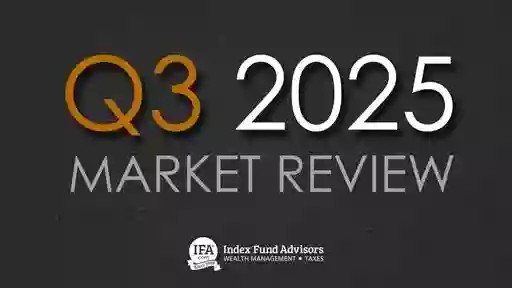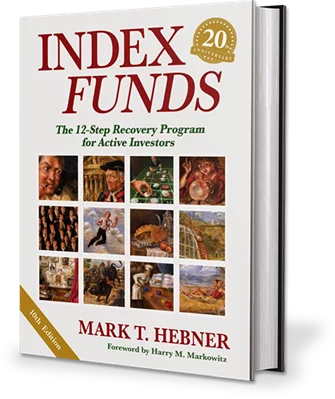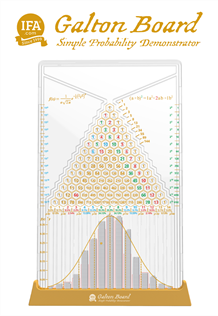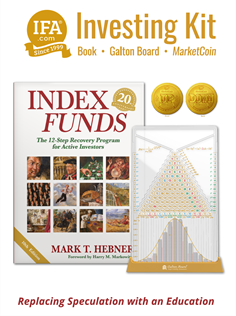U.S. stocks continued to rise in the third quarter, with major indices like the S&P 500 and Nasdaq reaching new highs. This growth coincided with ongoing trade negotiations and an interest rate cut by the Federal Reserve in September—the first rate cut in nearly a year. The strong performance extended the gains seen for much of 2025, despite a brief but sharp market drop and rebound in April.
Internationally, developed markets underperformed compared to the U.S., while emerging markets delivered stronger returns. Year-to-date, both regions have outpaced the U.S. in performance as measured by their respective benchmarks. In the bond market, U.S. Treasuries posted modest gains, with the 10-year yield hovering just above 4%.
In September, the Fed reduced the federal funds rate by 25 basis points to a range of 4%–4.25%, marking its first cut since December. This came as inflation remained above target, with core CPI up 3.1% year-over-year in August. While the Fed cited its dual mandate of managing inflation and employment, it also noted increased risks to job growth.
Trade talks progressed throughout the quarter, with the U.S. finalizing agreements with the European Union, United Kingdom, and Japan. However, uncertainties remain over potential tariffs on imports from countries like China, India, and Mexico. Additionally, the U.S. Supreme Court is set to review the legality of existing global tariffs in the months ahead.
Against this backdrop, the S&P 500 rose 8.1% and the Nasdaq gained 11.2% through September 30. NVIDIA stood out, becoming the first public company to reach a $4 trillion market cap—now making up nearly 8% of the S&P 500. Globally, the MSCI All Country World Index rose 7.6%, with developed international markets up 5.3% and emerging markets gaining 10.6%.
Small-cap stocks outperformed large-caps both in the U.S. and globally, with U.S. small caps seeing some of their strongest results in years. Growth stocks outpaced value stocks, and in developed markets, low profitability stocks led. However, in emerging markets, high profitability stocks performed better.
In fixed income, U.S. Treasuries rose 1.5%, bringing the 10-year yield down to 4.14%. The broader U.S. bond market, as measured by the Bloomberg U.S. Aggregate Bond Index, gained 2.03%, while Global Bonds increased 0.49% through September 30.
(For a more thorough breakdown, see IFA Founder and CEO Mark Hebner's video below.)
Domestic Equities
All six of IFA's domestic equity indexes posted positive returns for the quarter. Large Growth continued to perform well having the best performance in the third quarter with a 9.56% return. Coming in with the second highest return for the quarter was the U.S. Small Cap Value with a 8.73% return followed by U.S. Large Company with a return of 8.33%. IFA U.S. Small Company finished the quarter up 7.72%, U.S. Small Growth finished with a 7.68% return and U.S. Large Value finished with a return of 6.44%.
International Equities
International Indexes continued their outperformance as all finished the quarter in positive territory. The IFA International Value Index which ended Q1 and Q2 positive posted another positive return of 8.58% for Q3. Coming in with the highest return for the quarter was the IFA International Small Cap Value Index returning 9.53% followed by the IFA International Small Company Index at 6.86%. Year-to-date as of 6/30/25 all International Indexes have returned more than 30% leading the way as the best performing asset class. This underscores our commitment to the princple of diversification. While diversification is prudent, it cannot guarantee profits or eliminate losses in declining markets, nor does it ensure the best performance of a specific asset class. For more on what a diversified portfolio should look like click here.
Emerging Markets Equities
Stocks issued by companies based in developing countries had positive results for the quarter with all of IFA's Emerging Market Indexes posting positive returns for Q3. The IFA Emerging Markets Index led the way coming in with a 9.81% return followed by the IFA Emerging Markets Value Index returning 7.79%. The IFA Emerging Markets Small Cap Index came in third returning 6.57% for the quarter. Year-to-date as of 9/30/25 all Emerging Market Indexes are up more than 20%. (Prior performance is not indicative of future results. Investors should review complete performance data over time before making investment decisions.)
Real Estate Equities
For the quarter REITs returned a positive result. IFA's Global REIT Index ended the quarter up posting a positive return of 2.85%. Year-to-date as of 9/30/25 IFA's Global REIT Index is up 8.89%.
Fixed-Income
For Q3, IFA's fixed-income benchmarks all produced returns topping 1%. The IFA Short Term Government Index finished the quarter with a postive 1.05% return. The IFA Five-Year Global Fixed Income Index came in with a return of 1.23%. Whereas the IFA One-Year Fixed Income Index and the IFA Two-Year Global Fixed Income Index finished up 1.11% and 1.13% respectively. Year-to-date as of 9/30/25 IFA's Fixed Income Benchmarks are all up over 3%.
IFA Index Portfolios
With both stocks and bonds posting positive returns, IFA Index Portfolios finished the third quarter up for the year. In Q3 2025, IFA portfolios with heavier weightings in stocks outperformed, while more bond-heavy portfolios showed lower positive returns during this period. See complete performance data for all regulated timeframes on our website or consult an IFA advisor directly. For the quarter, our all equity Portfolio 100 returned 7.50% while our portfolio 10 made up of 90% bonds and 10% equity posted a postive 1.59% return.
Below is an overview of how several IFA Index Portfolios performed in Q3 as well as during the previous quarter. All of these returns are shown net of IFA's maximum annual 0.90% advisory fee through September 30, 2025.
Each quarter, we monitor our recommended funds for clients. As part of that process, we've developed a rating system. For a summary of those results, please feel free to check IFA's latest Performance Monitoring Report (PMR).
IFA encourages both novice and experienced investors to discuss their financial situation and investment goals with an IFA wealth advisor, tailoring strategies to their personal risk capacity and long-term objectives. Besides offering an online Risk Capacity Survey, we provide to each client a complimentary and holistic financial plan.
The wealth of IFA's educational materials are available for Apple iOS and Android devices via the IFA App. This free App is available to download from both the Apple App Store and the Google Play Store for Android.
Footnotes
- Dimensional, Quarterly Review: Stocks Hit Fresh Highs, and the Fed Makes a Cut, Sep, 2025
Disclosure:
Performance results for actual clients investing in accordance with the IFA Index Portfolio Models may differ from backtested data due to factors such as fund implementation, market conditions, cash flows, mutual fund allocations, index changes, rebalancing, deviation from advice, retained securities, tax strategies, fees, and timing of fee deductions.
Diversification is a prudent investment approach, but it does not assure a profit or protect against loss in declining markets, nor does it eliminate all investment risks. Performance data presented is for illustrative purposes, and readers are encouraged to consider longer-term performance horizons, such as one-year, five-year, and ten-year periods, when making investment decisions. Comprehensive performance data, including net-of-fee results for these periods and additional disclosures, is available upon request.
This information is not an offer, solicitation, or recommendation for any security, product, or service. No investment strategy guarantees success, and all investing carries risks, including the potential loss of principal. Performance results may include both live and hypothetical data, which do not represent actual client portfolios and should not be interpreted as indicative of future results.
Hypothetical performance relies on assumptions, including fixed market conditions, periodic rebalancing, and historical data, and does not account for real-world factors such as transaction costs, tax implications, behavioral tendencies, or cash flows, which can affect results. References to diversification, portfolio construction, or market trends are intended for educational purposes and should not be considered prescriptive or guaranteed strategies for success.
The data provided is based on information believed to be accurate as of the date of publication but may change as market conditions evolve. Investors are encouraged to consult with a qualified advisor to assess personal financial goals and risk capacity. Additional information is available by reviewing IFA's ADV Brochure at https://www.adviserinfo.sec.gov/ or visiting www.ifa.com."














